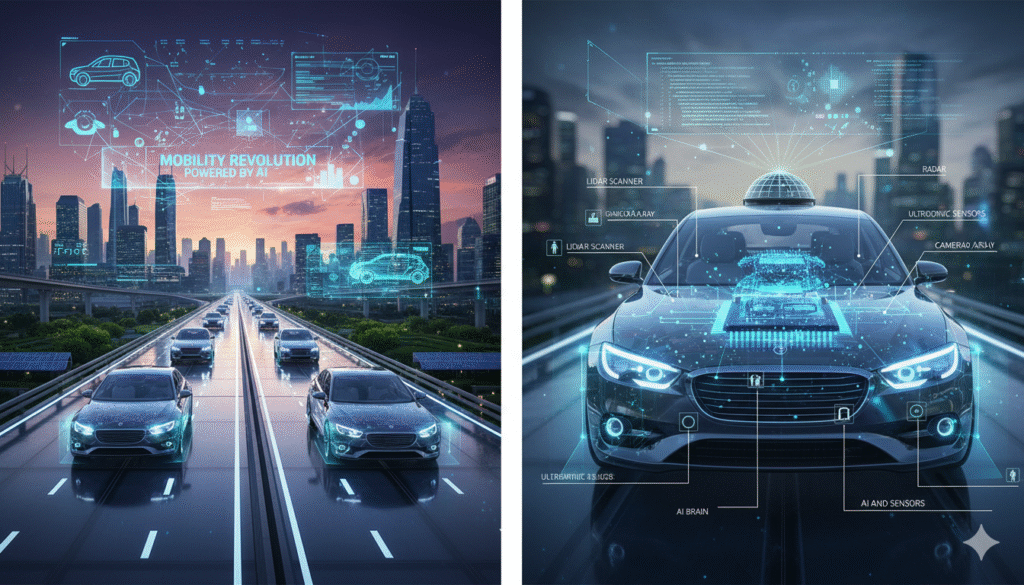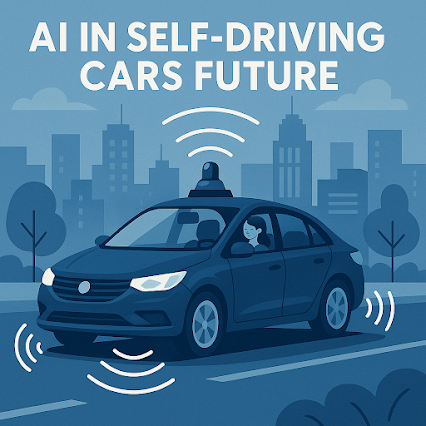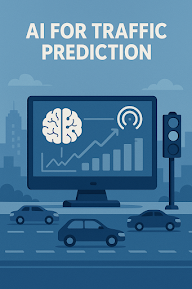The car industry is experiencing a historic change and at the heart of the revolution are the self-driving cars. These self-driving cars are no longer merely a futuristic dream anymore, but they are literally coming to reality, as the development of artificial intelligence (AI), sensor technology, and intelligent communication systems continues. With the increase in the pace of innovation, the vision of safe, efficient, and environmentally friendly transportation is nearer than ever before.

AI and Sensors: The Brains and Eyes of Self Driving Cars.
Self driving cars of today are very dependent on AI to interpret the environment, make decisions, and navigate safely. The machine learning algorithms handle a lot of data on cameras, radar, LiDAR, and ultrasonic sensors. These sensors are the eyes of the vehicle, which identify the obstructions, people, traffic lights, and the state of the roads.
The role of the brain is played by AI, which constantly adds knowledge to driving data to make a decision more accurate. Next-generation neural networks allow cars to anticipate how other road users will act, and handle complicated conditions on the road – like a human driver, but with greater speed and accuracy.
Communication and Connections: Developing Smarter Roads.
Vehicle-to-everything (V2X) communication is another important aspect that contributes to the development of self-driving cars. This technology enables self-driving vehicles to communicate with the other cars, traffic lights, and road signs. With full connectivity, cars will be able to predict traffic congestion, change routes to optimize movement, and avoid accidents as vehicles exchange real-time warnings with one another.
This communication is also being improved as 5G technology is integrated. Having very low latency and high-speed data transmission, 5G allows vehicles to make decisions in a split second, which is a key to the safety and reliability.
Safety and Environmental Benefits Moving towards Adoption.
One of the greatest reasons that have driven the adoption of self-driving cars is safety. In the world, almost 90 percent of the road accidents are caused by the human factor. Autonomous vehicles can significantly decrease the occurrence of collisions and deaths by removing fatigue, distractions, and impaired driving.
Sustainability is another significant driver to be mentioned in addition to safety. The self-driving electric cars will be able to find the optimal routes and control energy usage more efficiently, which will help reduce emissions and make cities cleaner. This is in line with the international trend of mobility solutions and smart city projects that are environmentally friendly.
Growth and Innovation in Economy.
With the growth of the autonomous vehicle market, there are huge opportunities to the businesses and innovators. Firms are making massive investments in the software, hardware and infrastructure that would enable safe autonomous driving. New technology companies and old tech giants are also looking into AI-driven mapping, real-time data analytics, and sophisticated sensor production.
This innovation ecosystem is also transforming job functions and bringing about new sectors, such as self-driving fleet management to AI-controlled traffic technology.
Adversities, and the Way before.
In spite of the development, there are issues. The key to large-scale adoption is regulatory clarity, cybersecurity, and public trust. The governments across the globe are in the process of developing structure to guarantee safe integration of autonomous vehicles into the road system.
With these regulations maturing and the growing awareness of the people, trust in the self-driving technology is gradually rising. The path towards a fully autonomous mobility gets easier with each software update and AI advance.


